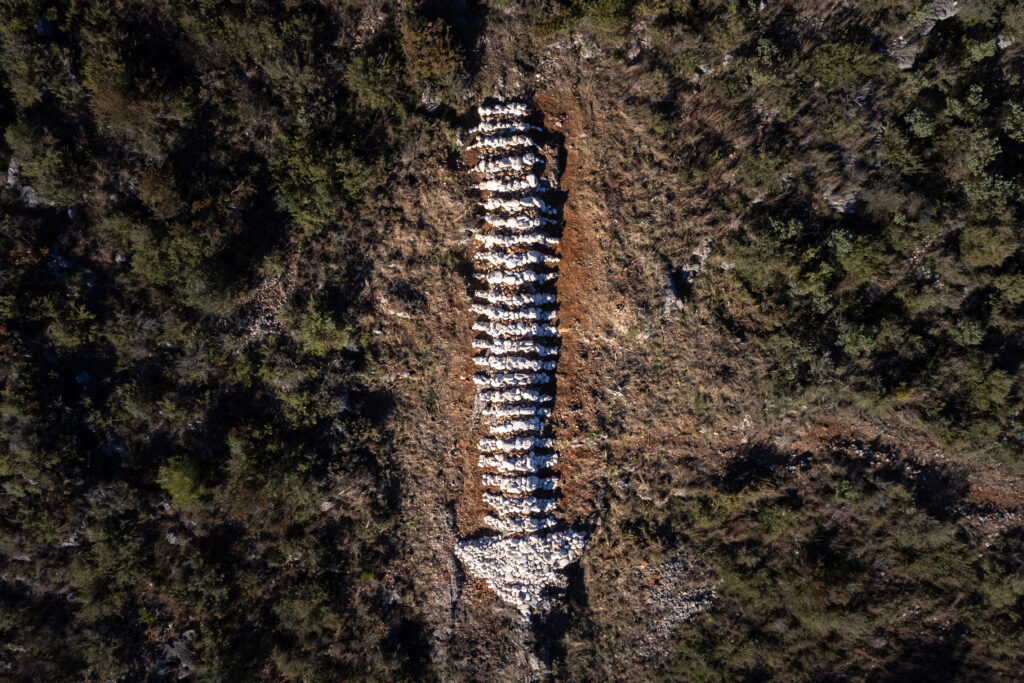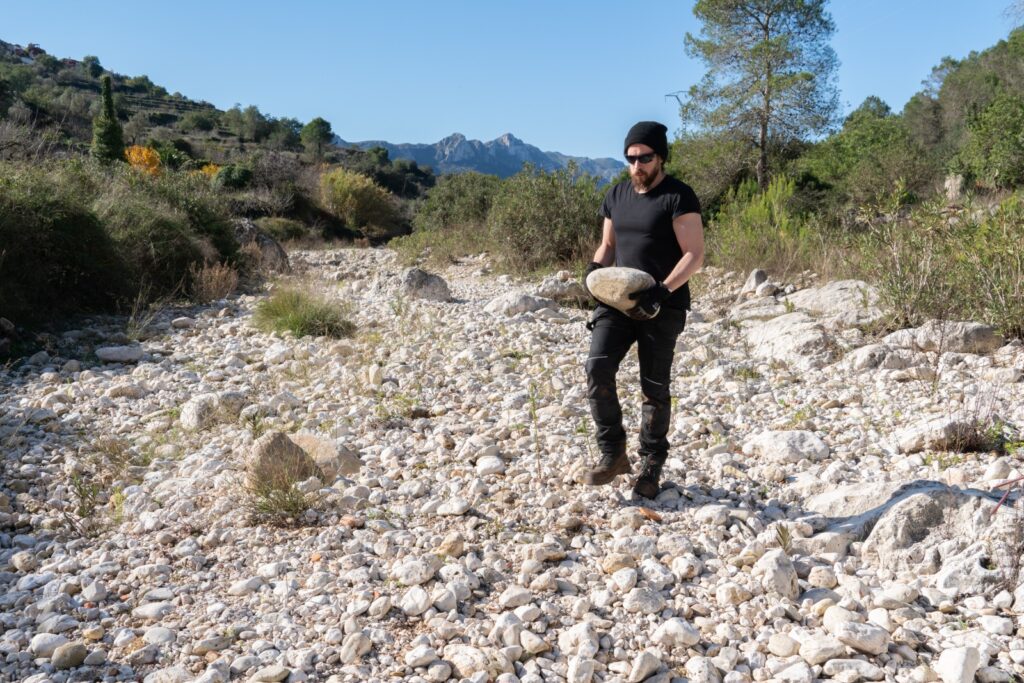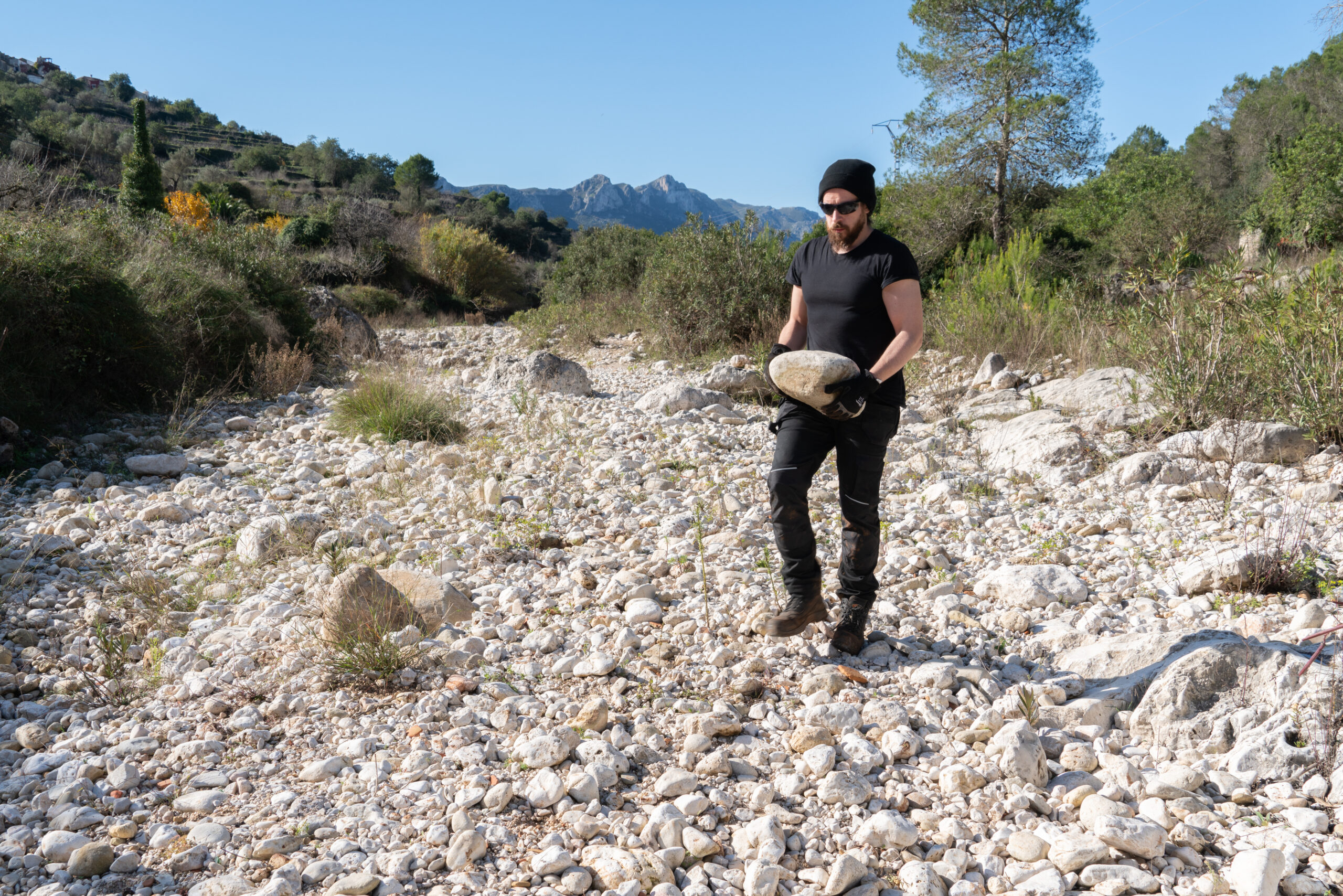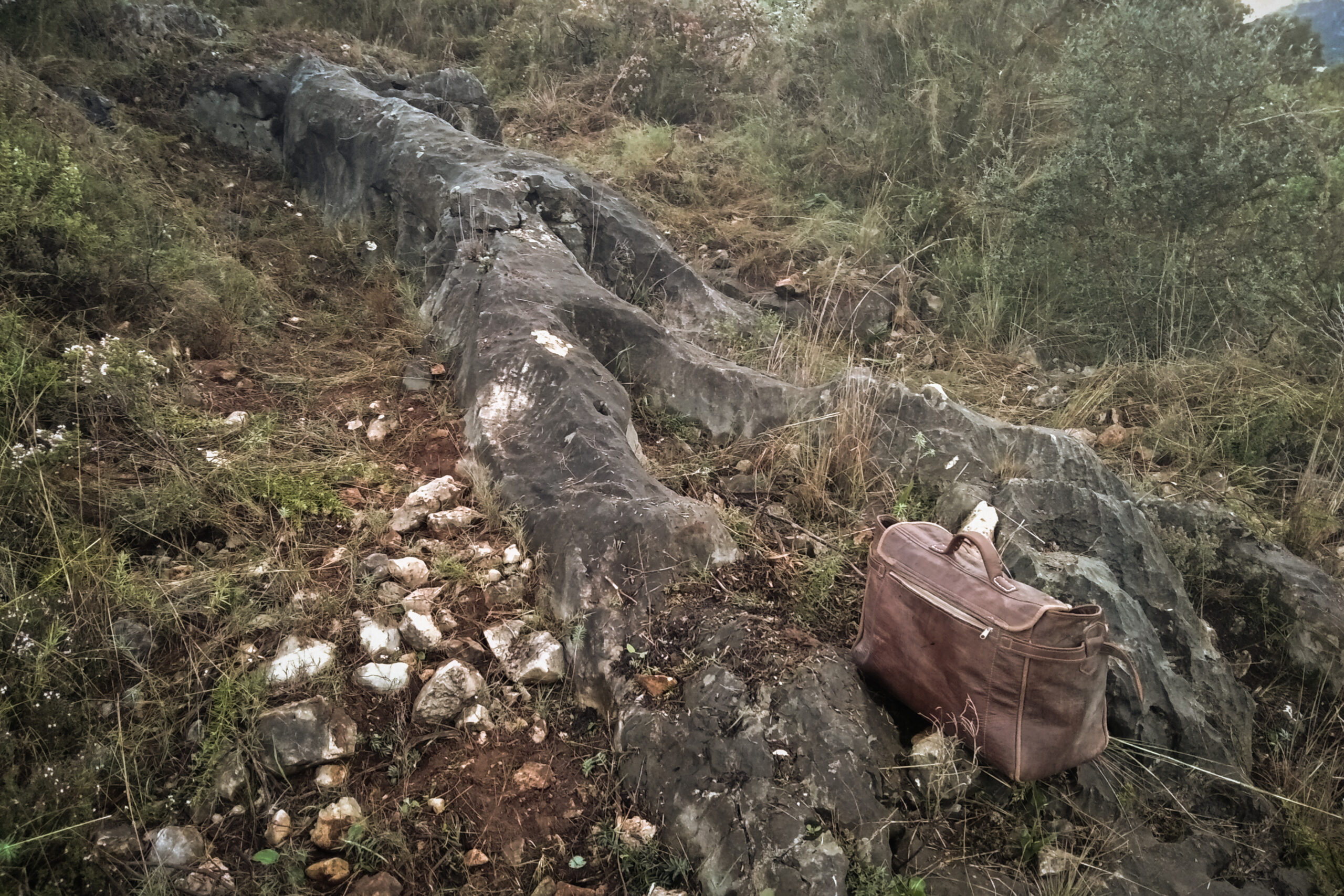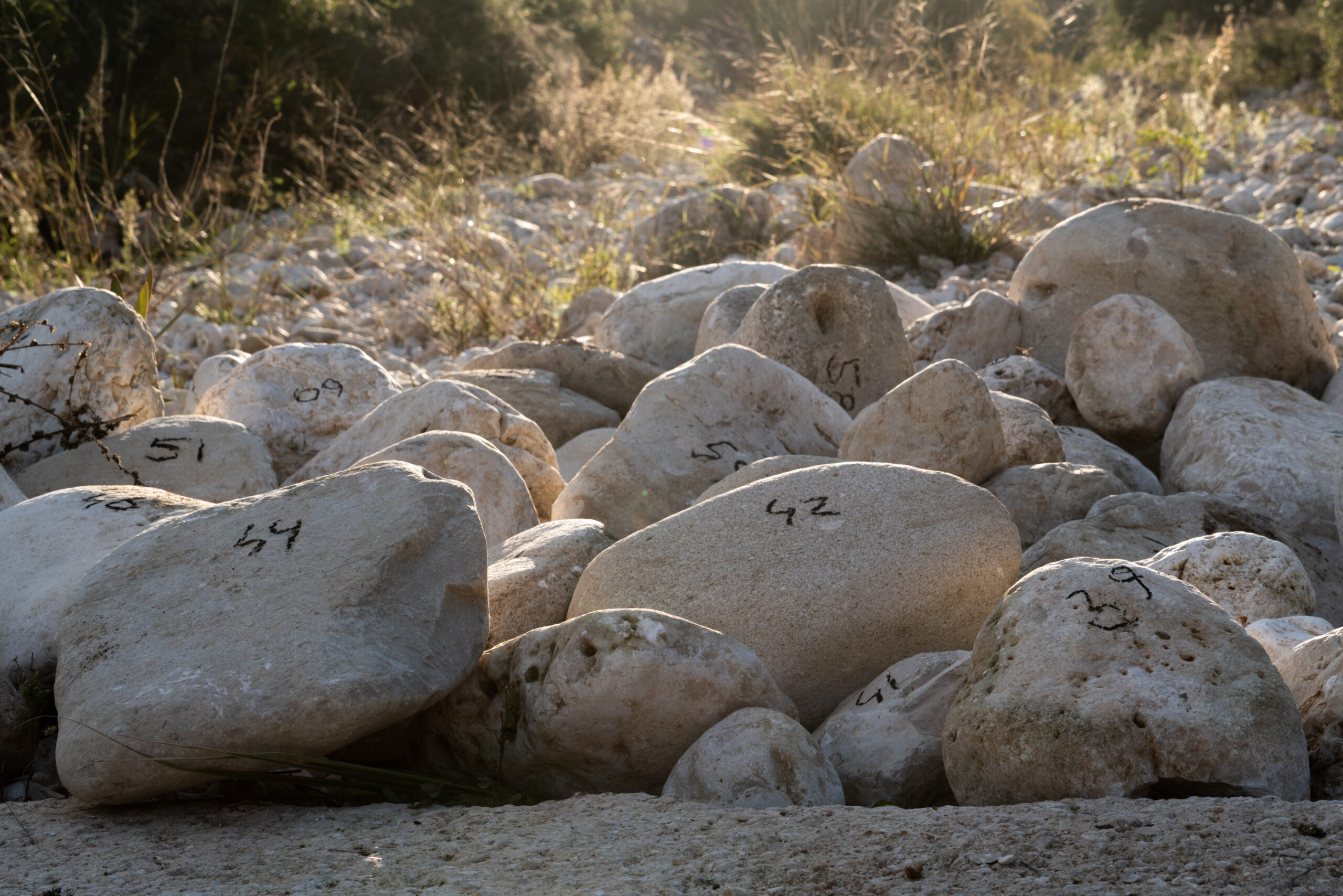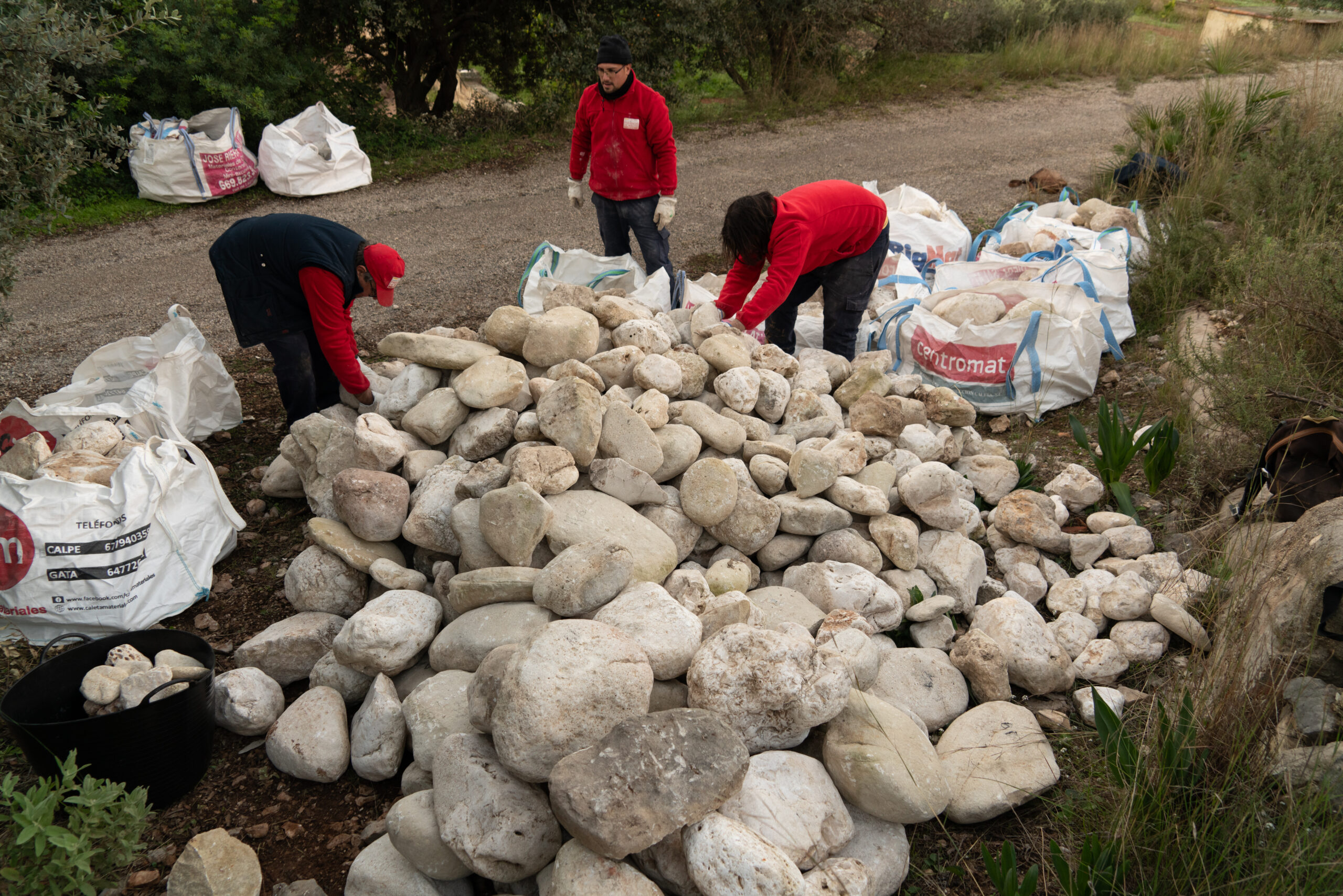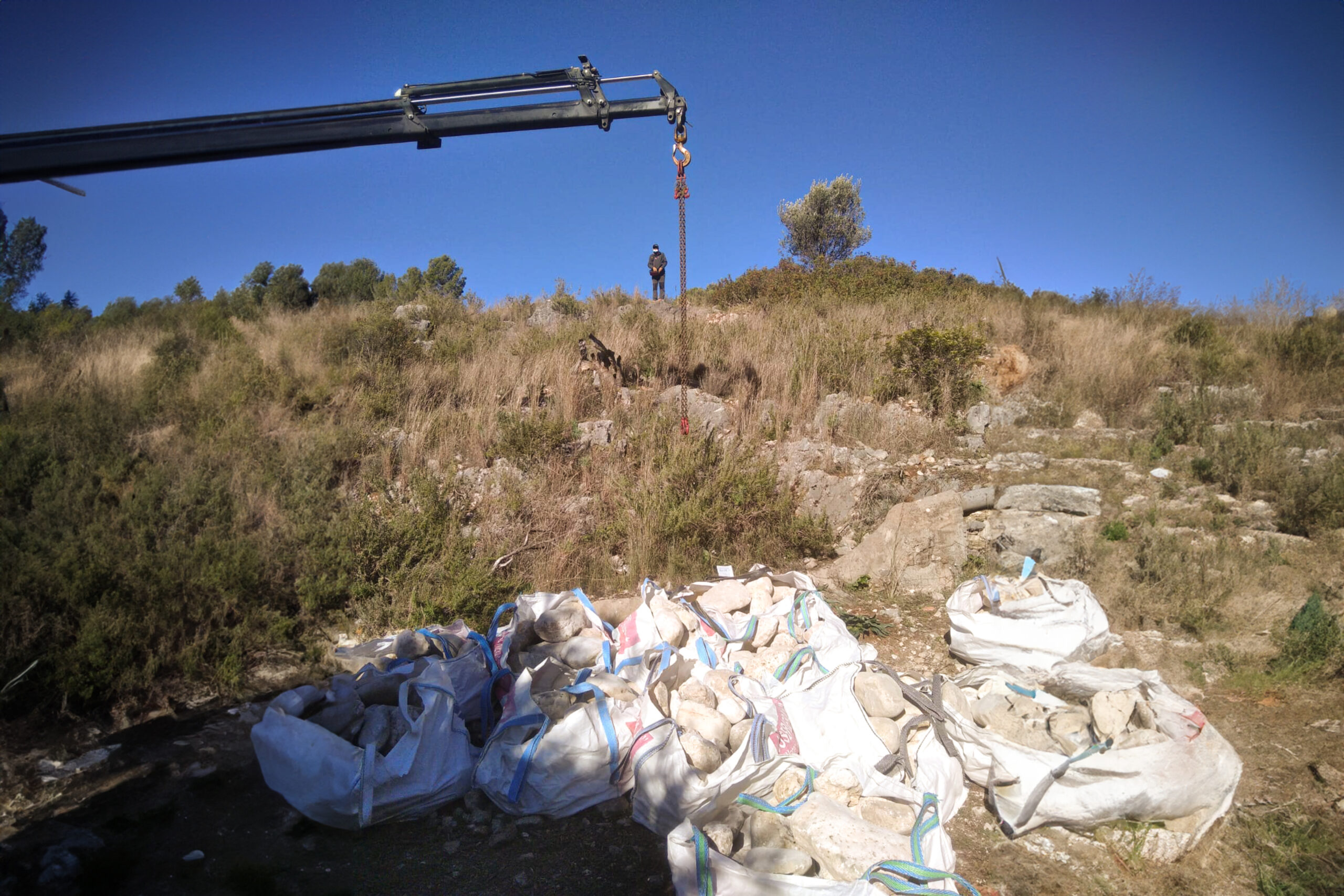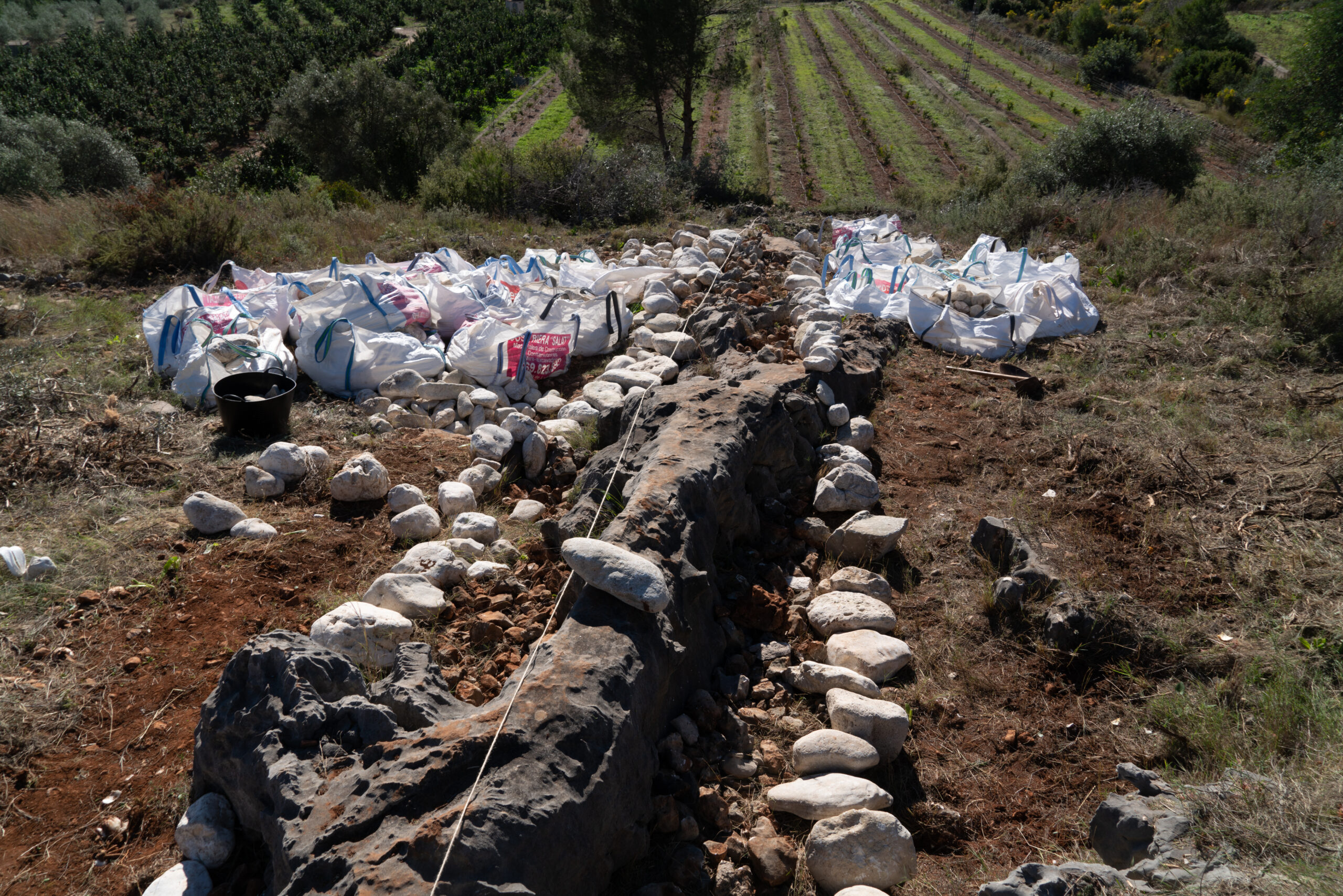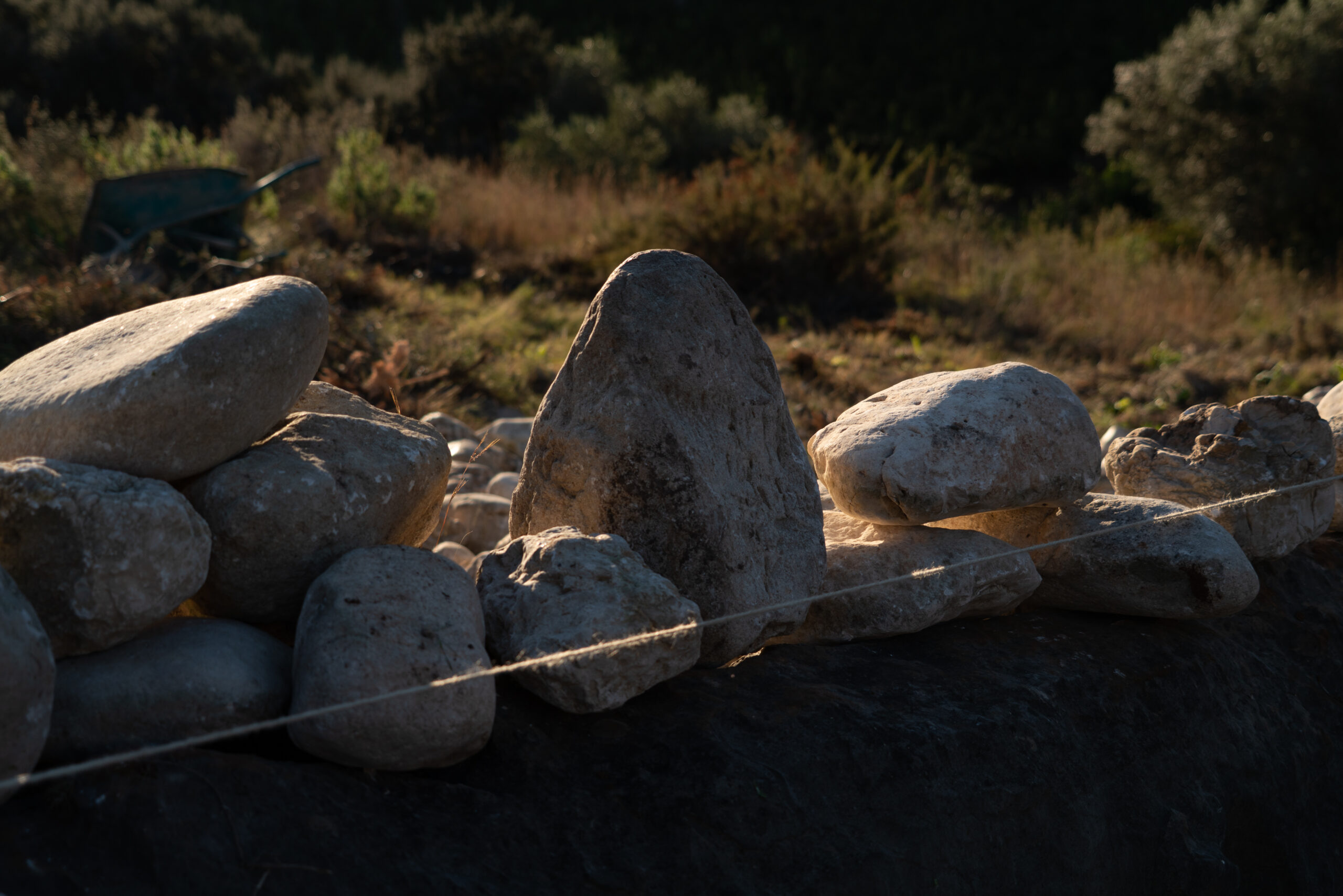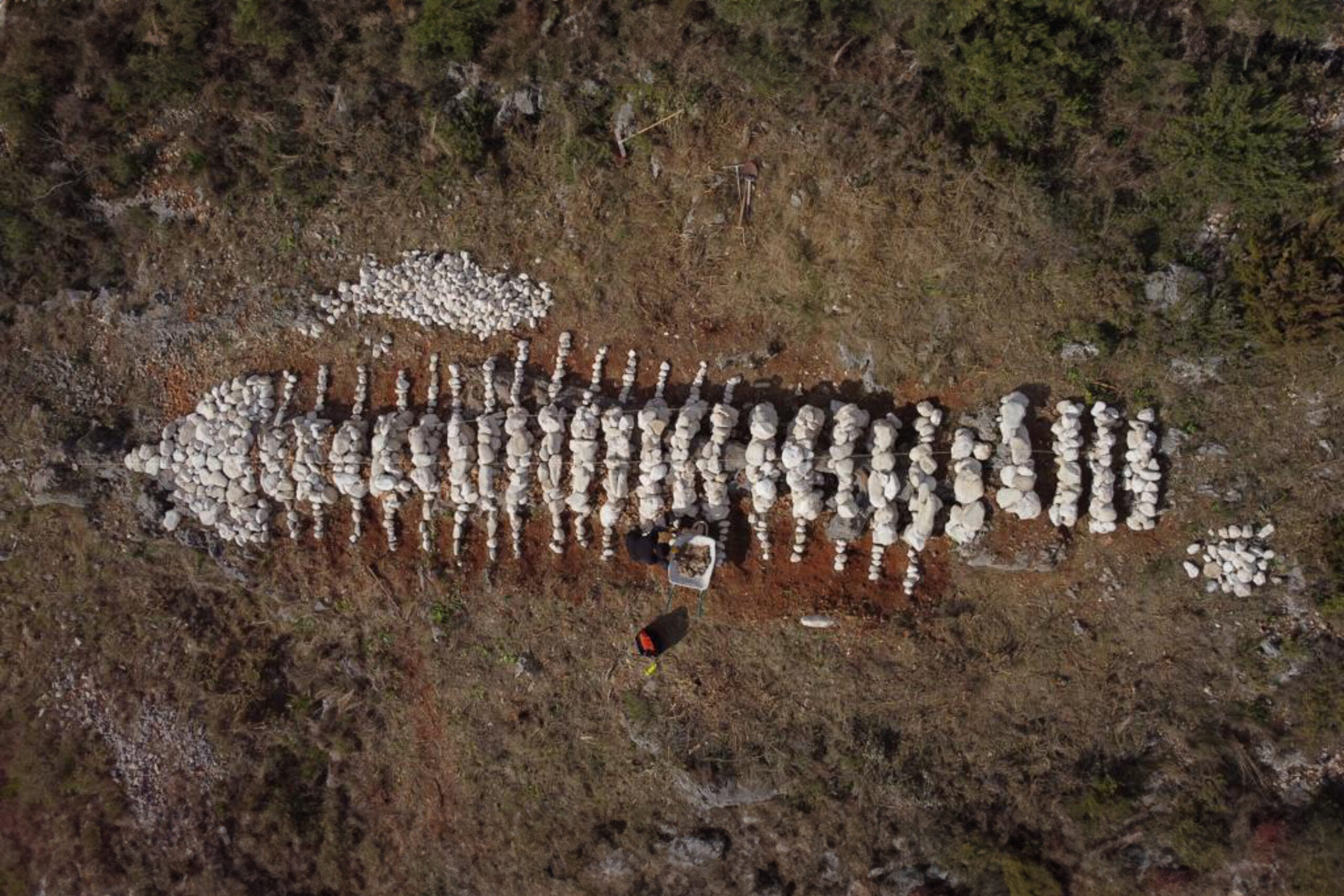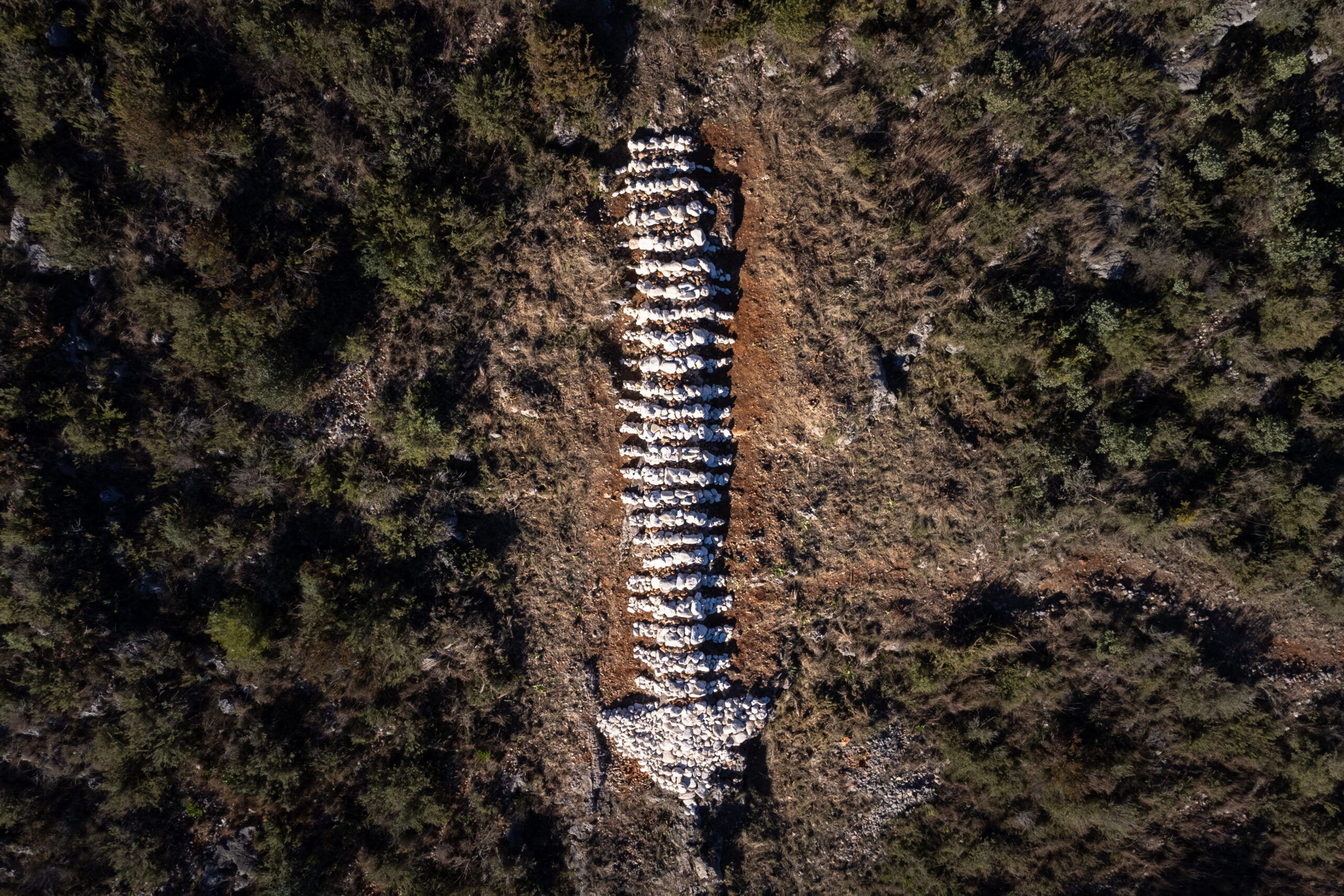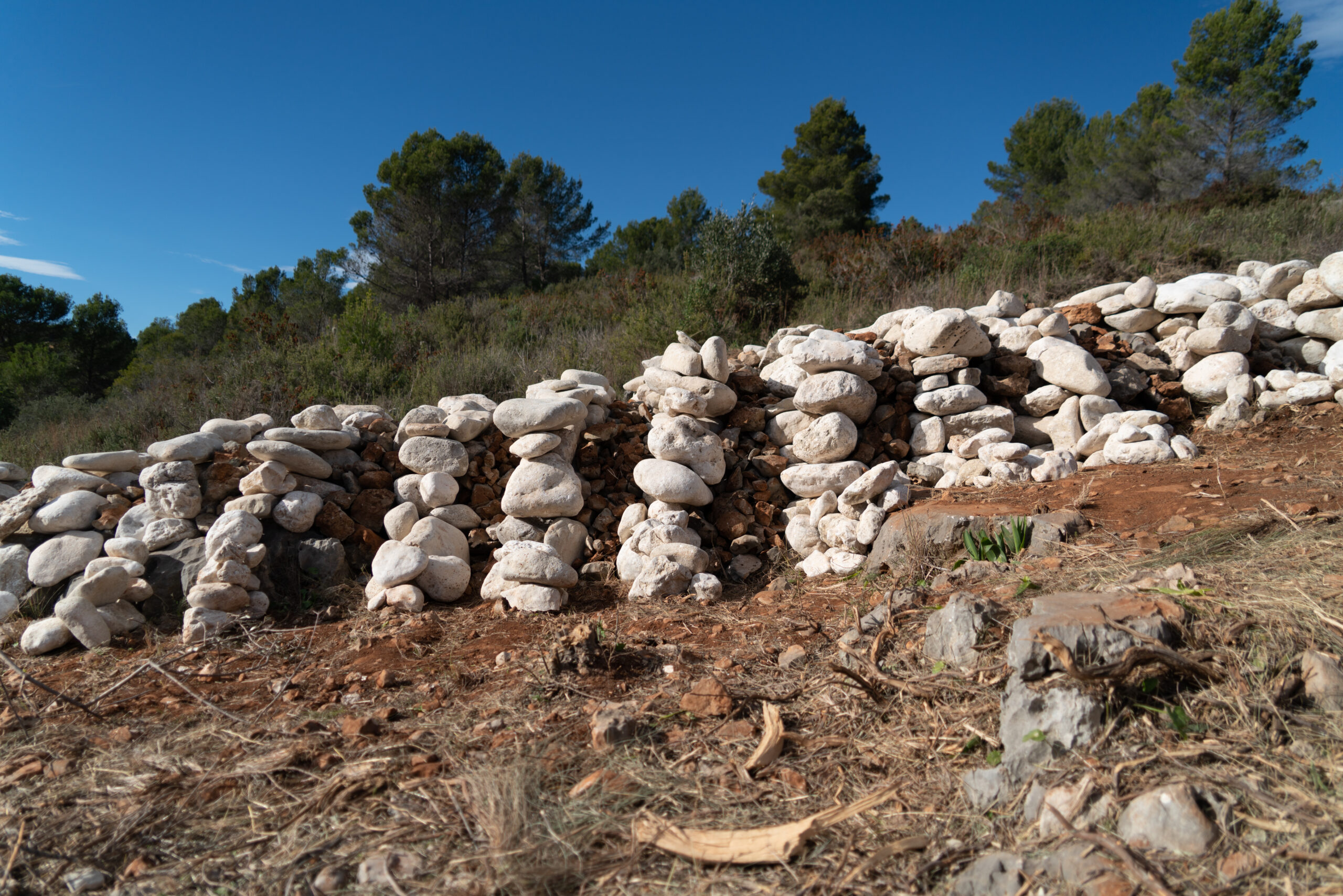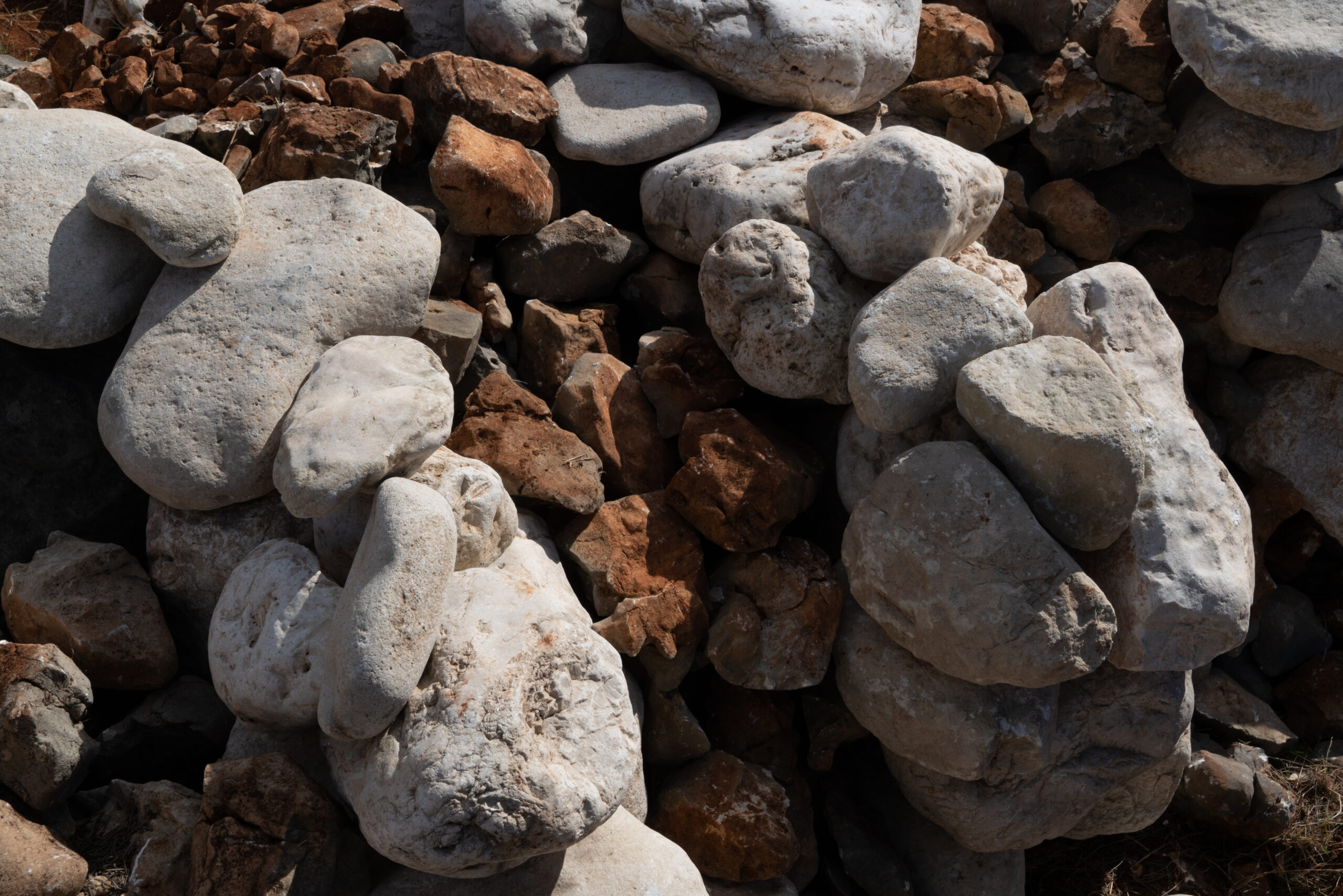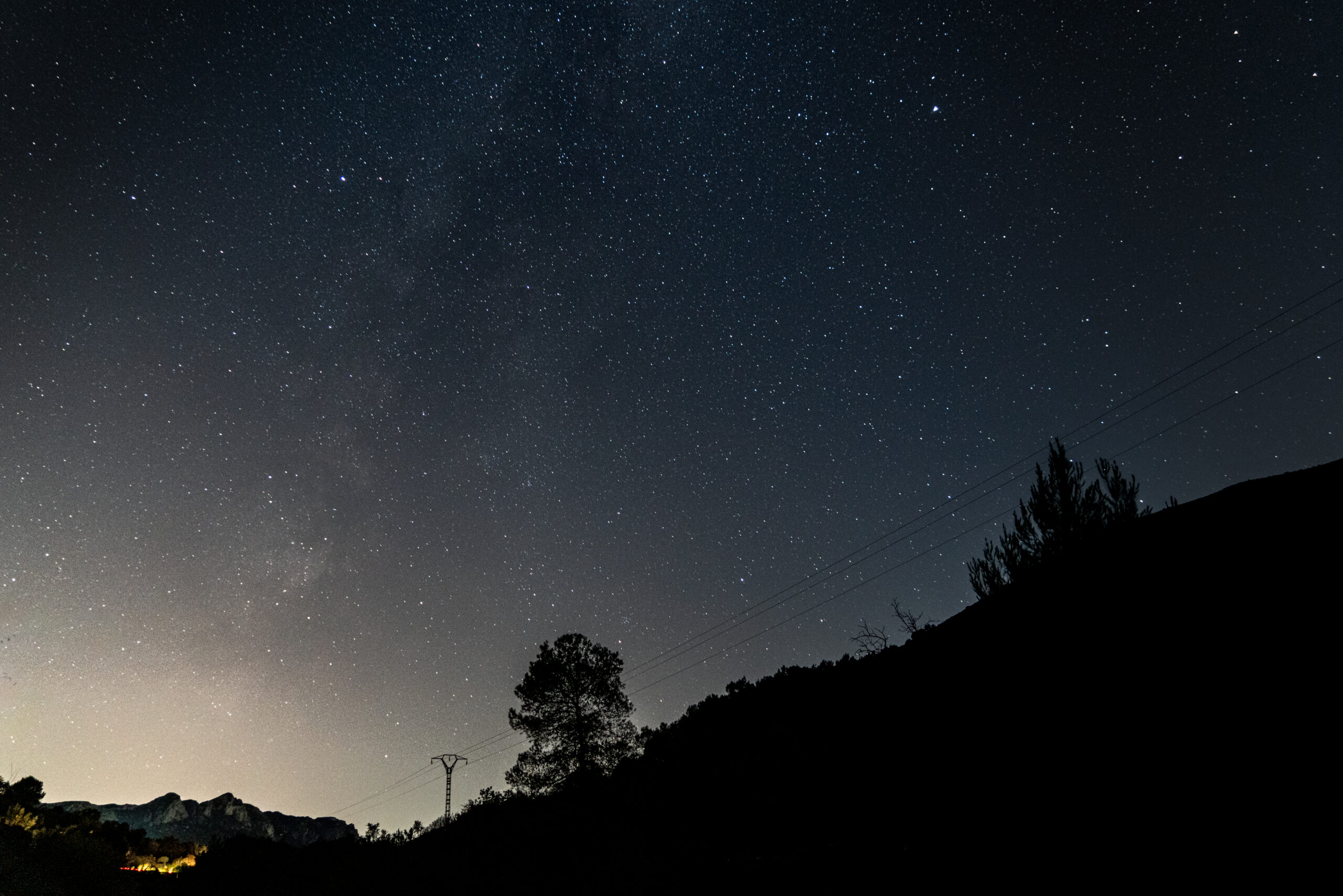Raquis
main axis
_About
Páχις [rhákhis]
Rachis, a term derived from Ancient Greek, has been used to describe the axial part of various complex structures found in animals, fungi, and plants. In humans, it refers to the backbone or spine, which serves as the central axis of the body.
In today’s global context, we are forced to re-examine our relationships with both society and the environment. Our reality is made up of a series of interconnected elements that create a balanced, cohesive whole. But what happens when this balance is disrupted?
Through my art, I explore the ramifications of such disruptions. I aim to highlight the fragility of the interconnected systems that make up our world and to provoke thought on the consequences of neglecting our relationships with each other and the environment.
My work encourages viewers to contemplate the importance of each individual element and the vital role it plays in the overall balance of the system. By breaking down these elements and examining them in isolation, I seek to shed light on the interconnectedness of all things and inspire viewers to consider their impact on the world around them.
In summary, Rachis is a term with ancient roots that continues to hold relevance in our contemporary context. Through my art, I aim to explore the interconnectedness of our world and to draw attention to the consequences of disrupting the balance between individuals and the environment.
Vall de Gallinera
This artwork is a tribute to the Vall de Gallinera and its inhabitants, taking into consideration the valley’s social and cultural paradigm and its unique geomorphology. The goal of the artwork is to celebrate and honour the entire ecosystem, with a particular emphasis on the balance between the valley’s inhabitants and their natural surroundings.
The piece is constructed from a specific number of stones, each of which has been extracted from the riverbed. These stones will represent the valley’s inhabitants and will be arranged in a composition that forms the shape of a spine along the slope of the valley. This spine symbolizes the interconnectedness of the valley’s ecosystem, with each stone representing a vital component of the whole.
Through this artwork, I aim to highlight the importance of the relationship between the valley’s inhabitants and their natural environment. The stones, extracted from the riverbed, serve as a reminder of the impact of human activity on the environment, as well as the need for balance and respect in our interactions with nature.
Furthermore, the composition of the spine serves as a visual representation of the importance of community and interconnectedness in maintaining a healthy ecosystem. Each stone is a vital component of the whole, and their arrangement along the slope of the valley symbolizes the interdependence of all living things in the natural world.
This artwork is a tribute to the Vall de Gallinera and its inhabitants, emphasizing the importance of balance and respect in our relationship with nature. The spine-shaped composition of stones serves as a reminder of the interdependence of all living things and the need for community in maintaining a healthy ecosystem.
Event
_Info
_Curator
_Documentation
_manager
Artwork
_Dimensions
Height / 70 cm
Width / 4.5 m
Depth / 20 m
_Material
River Stones
Mountain rocks
_Helpers
Municipality workers team
